Strategies for Managing Thermal Expansion and Contraction of Tee Fittings in Thermal Piping Systems
2025-06-26 19:26:05
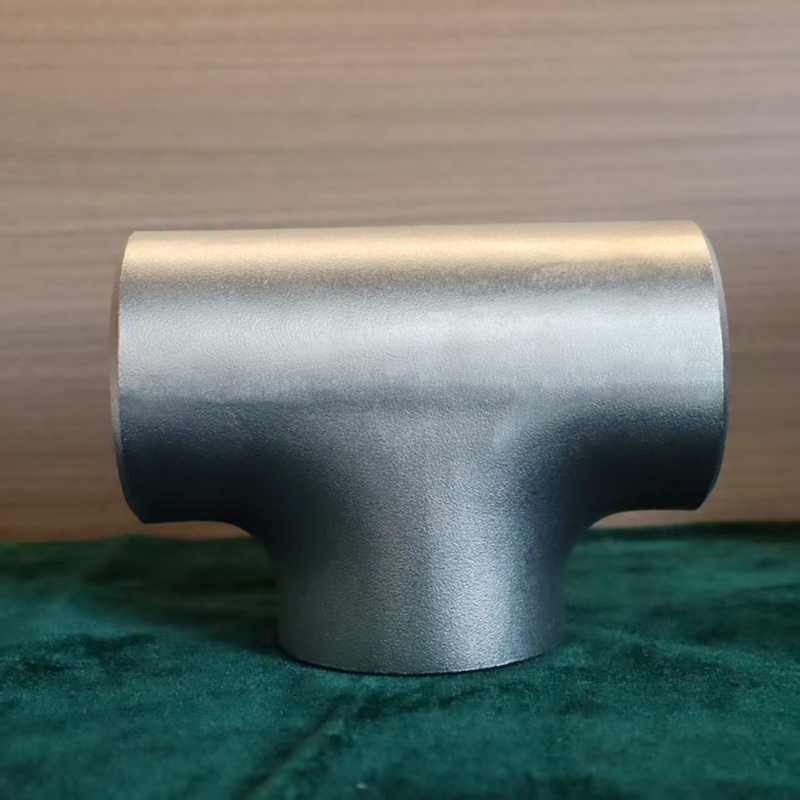
Strategies for Managing Thermal Expansion and Contraction of Tee Fittings in Thermal Piping Systems
In thermal piping systems, such as district heating, steam networks, or high-temperature industrial pipelines, tee fittings are subjected to significant thermal expansion and contraction. If not properly addressed, this thermal movement can lead to stress concentration, joint failure, or deformation around the tee. Implementing the right strategies helps maintain the integrity and longevity of the piping system.
1. Use of Expansion Loops and Bends
Installing expansion loops or U-shaped bends near the tee allows the piping system to flex naturally with temperature changes. This prevents stress buildup at the tee connection by distributing movement across a flexible section of pipe.
2. Incorporation of Expansion Joints
Metal bellows or rubber expansion joints can be installed near tees to absorb axial, lateral, or angular movement. These joints isolate the tee from direct thermal strain and accommodate pipe elongation or contraction.
3. Strategic Placement of Anchors and Guides
Fixed anchors should be placed strategically to control where thermal expansion occurs.
Pipe guides should direct the movement away from the tee and prevent lateral displacement.
Tees should not be used as anchor points unless specifically designed for that purpose.
4. Material Selection
Choose materials with compatible thermal expansion coefficients. For example, pairing a carbon steel tee with stainless steel piping may require special attention to differing expansion behavior to avoid stress at the joint.
5. Stress-Relieving Welding Techniques
Welds at tee connections should be done according to controlled procedures. Post-weld heat treatment (PWHT) may be required to relieve residual stress, especially for thick-walled or high-temperature applications.
6. Thermal Insulation
Apply high-quality insulation to the tee and surrounding pipework. This helps maintain a more stable temperature gradient and reduces sudden temperature fluctuations that can increase thermal movement.
7. Proper Support Design
Install supports that allow controlled movement, such as spring hangers or sliding supports. Avoid rigidly fixing the pipe near the tee unless necessary for alignment.
8. Regular Inspection and Monitoring
Monitor tee locations for signs of movement-related stress such as cracking, misalignment, or gasket failure. Thermal imaging and strain gauges can help detect developing issues before failure occurs.
Conclusion
Tee fittings in thermal piping systems must be protected from the damaging effects of expansion and contraction. Through a combination of flexible design elements, support systems, and material compatibility, engineers can effectively manage thermal movement and extend the life of both the tee fitting and the overall system.
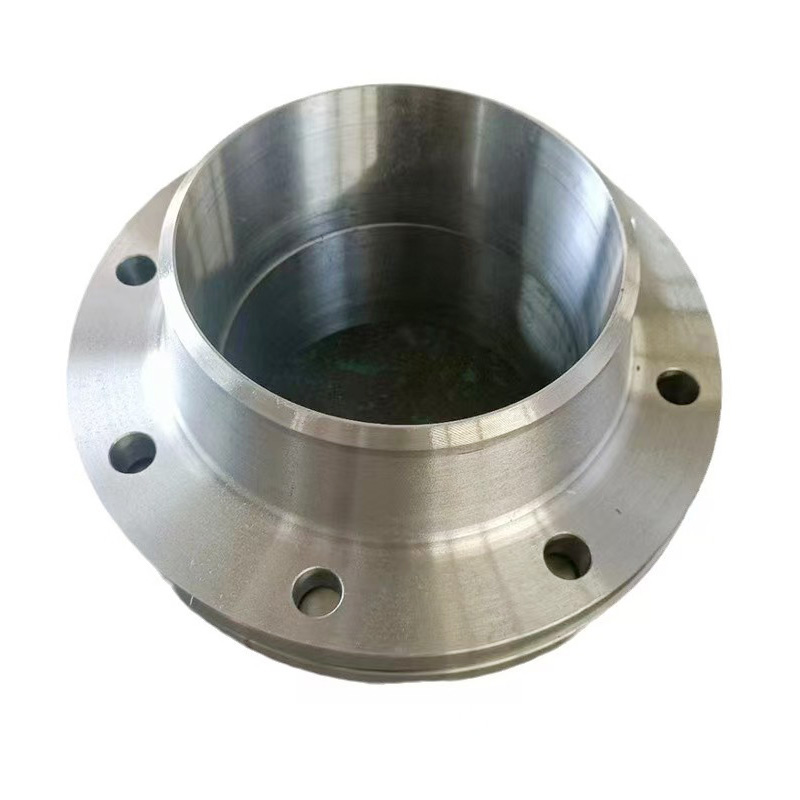
AWeld Neck Flange (WN Flange)is a type of piping flange designed to be welded to a pipe or ...
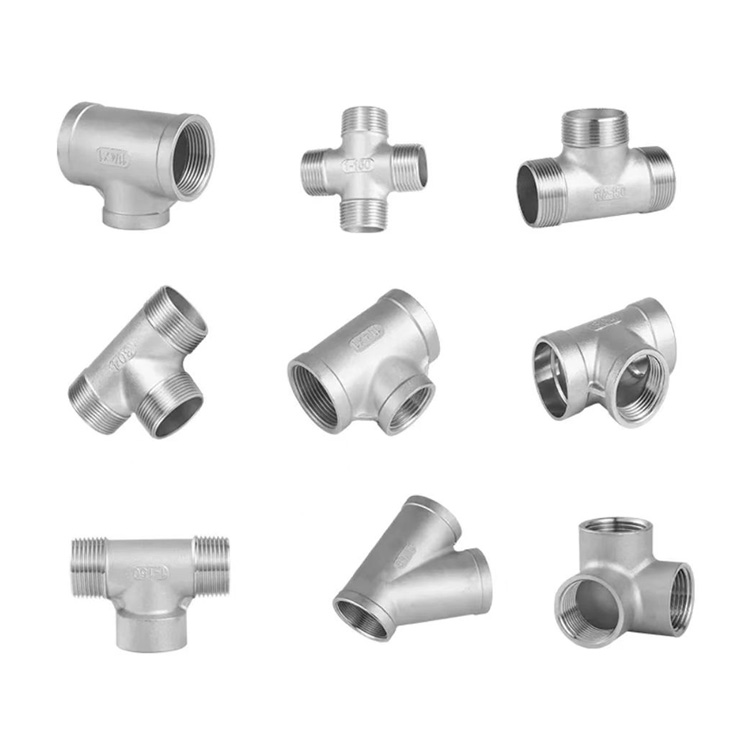
Socket fittings are essential components in piping systems, designed to connect, branch, or...
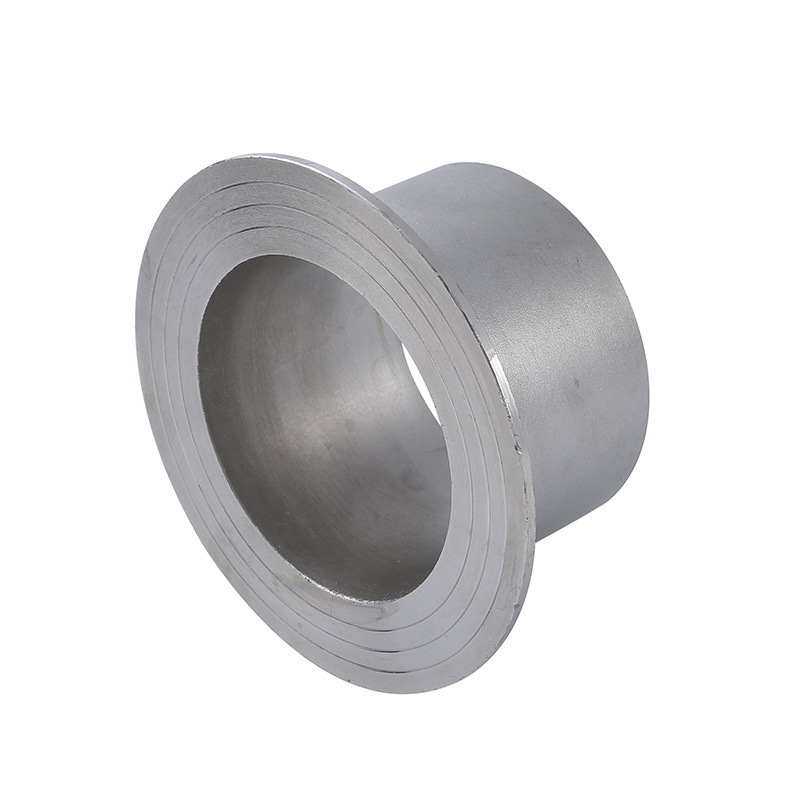
Welding ring is a commonly used metal ring component in pipeline connection or equipment do...
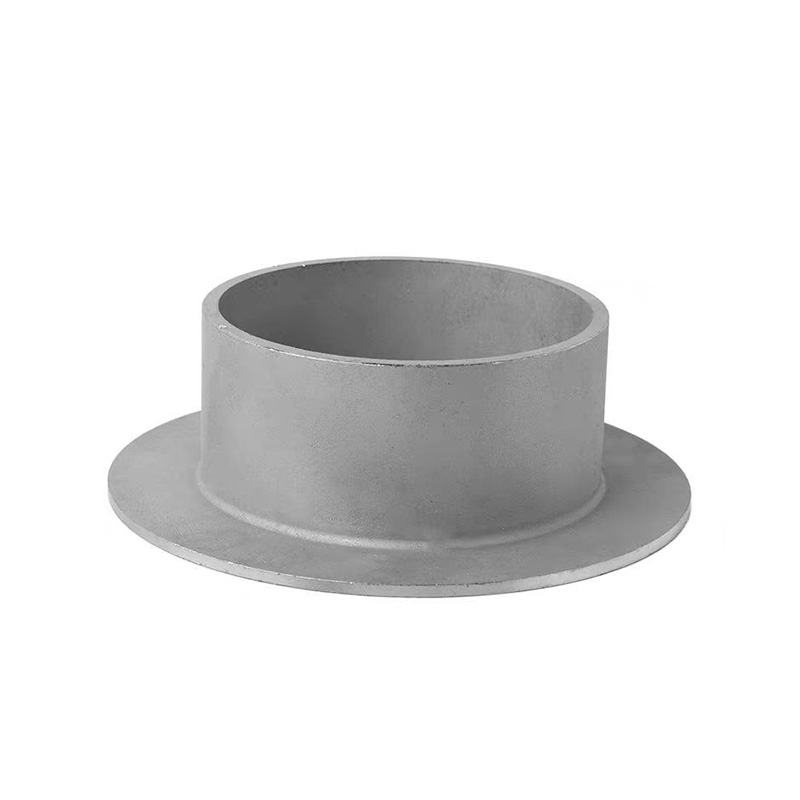
Welding ring is a pipe fitting used for pipeline connection. The following is its detailed ...






